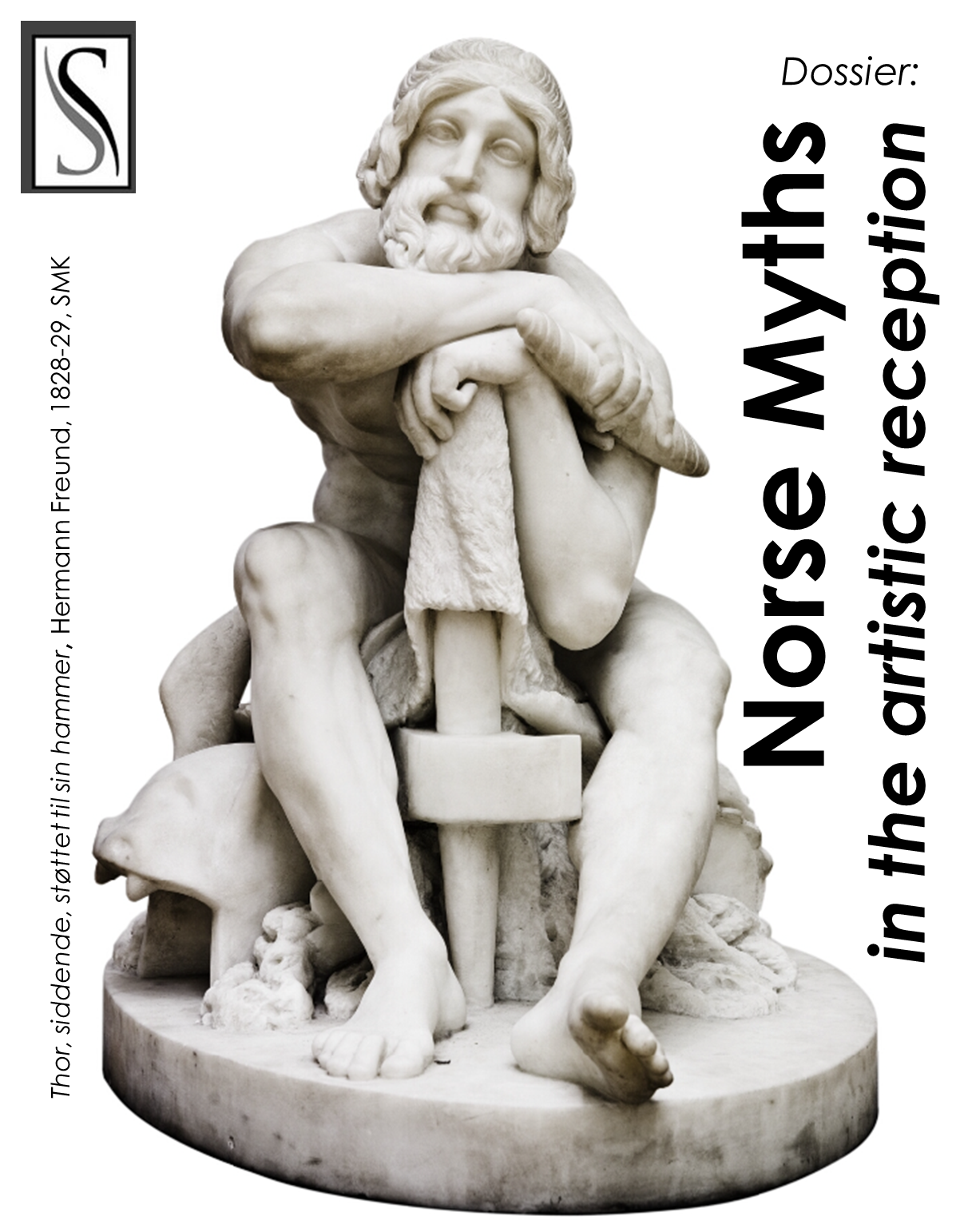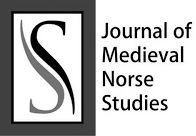FATAL SPINSTERS: THREAD WORK IN 19th-CENTURY ARTISTIC DEPICTIONS OF NORSE MYTHOLOGICAL WOMEN
DOI:
https://doi.org/10.22478/ufpb.2595-9107.2021v1n4.60364Abstract
Cover image (Dossier): Erman Freund, Thor, siddende, støttet til sin hammer, 1828-29, SMK, The National Gallery of Denmark, public domain: https://open.smk.dk/en/artwork/
Spinning, weaving and thread work in general are common occurrences in tales and legends across the world, but in the case of Norse mythology, the motif is actually rare. Despite the scarcity of textual material tying Norse mythological women to these crafts, the national-romantic artistic production of the 19th century took this motif and ran with it. We find spinning and weaving Norns, valkyries and goddesses in paintings, engravings and sculptures. Although the thread work motif is inaccurate at best to the source material, it is efficient in conveying different stereotypes that participate in the narrative effort of artistic compositions. This paper looks into 19th-century art and scientific literature of the period in order to determine why and how the thread work motif came to be associated with Norse mythological women: be it the influence of the classical Fates motif, the varying translations of the source material or the clichés tied to women and their crafts, there are several reasons why thread work was deemed appropriate to represent the women of the Norse pantheon.
Downloads

Downloads
Published
Issue
Section
License
The author (s) of the original submitted undertake to comply with the following:
- All authors are publicly responsible for it.
- The authors claim that this original is their own and that they assume full responsibility to third parties, whether moral or patrimonial, by reason of its content, stating that the work does not infringe any intellectual property rights of third parties.
- The author (s) agree to the copyrights of the original to Scandia Journal, to which they grant permission for its reproduction, editing and online publication.
- The author (s) grant their copyright of their original to the Scandia Journal, licensed under the Creative Commons Attribution License, which allows the sharing of this work with the acknowledgment of their authorship.
- The author (s) have permission and are encouraged to cite and distribute their original.


